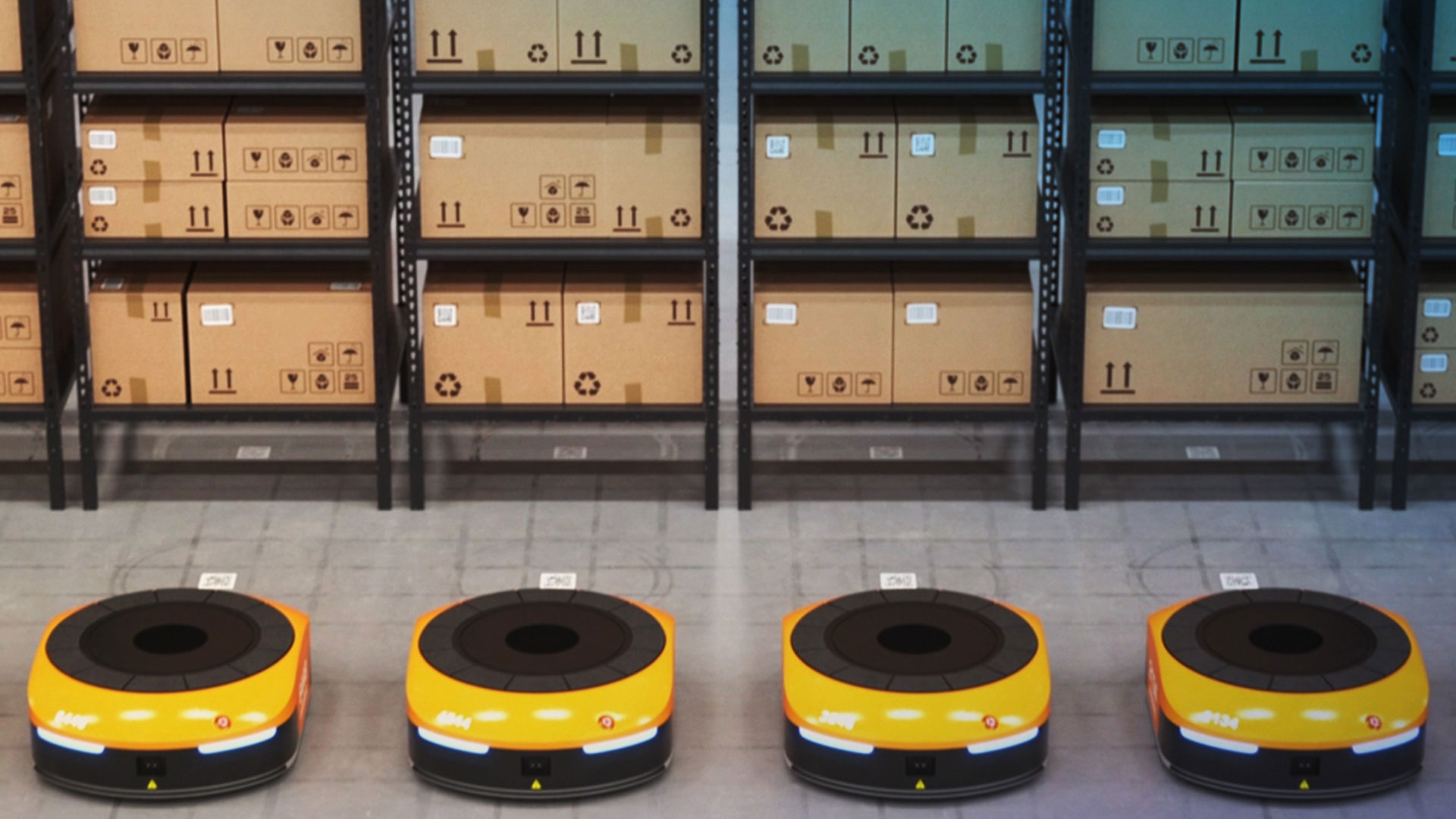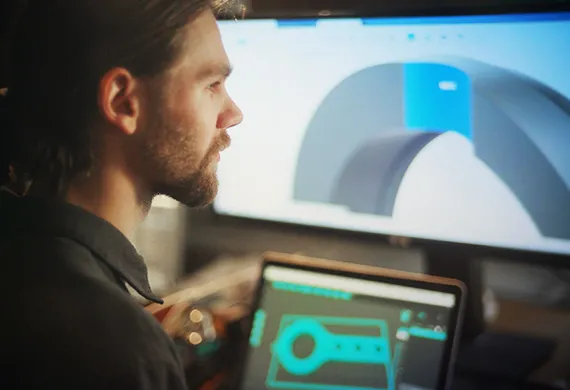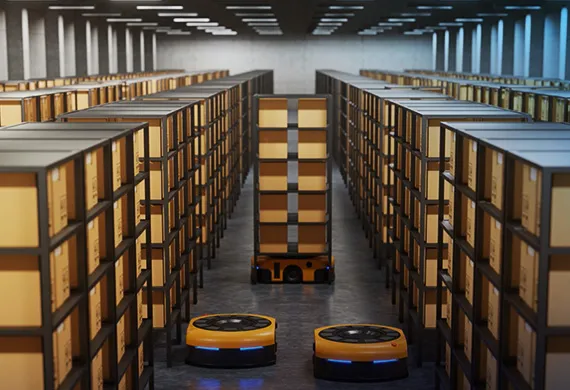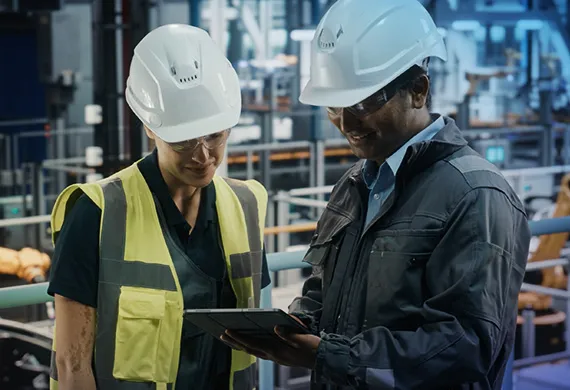Lead the Charge Toward Industry 4.0 With Industrial Robots
Discover the power of industrial autonomous vehicles in smart factories and how an integrated approach maximizes the benefits for manufacturers.
Industrial robotics form the cornerstone of modern manufacturing. But as technological advancements become more sophisticated, the role of robots in the factory is changing. Industrial robots are transcending repetitive, routine tasks along the assembly line and moving into the wider factory. Manufacturers are also transitioning from automation to autonomy by deploying self-sufficient robots that require little to no human intervention when executing tasks. These are known as industrial autonomous vehicles.
Although autonomous vehicles have different sizes, functionalities and intelligence, they all can adjust to dynamic environments and learn as changes occur. These robots offer vast advantages for manufacturers, such as improving the speed and accuracy of operations, enhancing factory productivity and powering smart manufacturing approaches.
Put Autonomous Vehicles to Work in the Factory
Learn how manufacturers can embrace industrial robotics and advance their agile, autonomous factory.
What are Industrial Autonomous Vehicles?
Industrial autonomous vehicles (AVs) are devices that are programmed to identify their surroundings, learn from them and execute tasks or missions independently within the factory. They enable manufacturers to quickly reposition operations and reorganize internal logistics. Autonomous forklifts, collaborative robots and autonomous mobile robots are some examples of industrial AVs.
Autonomous mobility is becoming more central in factories, causing manufacturers to decommission forklifts in favor of AVs that involve fewer workers while offering safer operations and impeccable material handling. A digitalized platform helps manufacturers connect the end-to-end AV innovation process so they can boost collaboration and productivity in three ways:
With virtual twin technology, manufacturers have an executable 3D model of the physical factory that accelerates the process of designing, integrating and managing AVs. Design teams can work within a connected environment to oversee computer-aided design (CAD) changes on a single platform. At the same time, they can simulate different scenarios within the virtual twin before AV deployment for more significant productivity gains. Virtually modeling products, processes and factory operations allow manufacturers to visualize and verify AVs before committing any physical resources.
As robots begin to take over warehouse operations and change how factories operate around the globe, manufacturers can rely on artificial intelligence and machine learning capabilities to train AVs. By exposing them to a range of what-if scenarios, including potentially dangerous circumstances, AVs can quickly adapt to changes on the factory floor and react to various situations in the safest manner.
Manufacturers can’t risk testing AVs in a physical plant. By exploring scenarios through the virtual twin, they can better train AVs to operate safely and efficiently.
Drive Success on an Integrated Platform
Dassault Systèmes’ 3DEXPERIENCE® platform can help manufacturers get the most out of industrial AVs. By incorporating the virtual twin experience, the platform aids manufacturers in harnessing the full potential of AVs such as autonomous forklifts and autonomous mobile robots to lead the transformation toward Industry 4.0. They can build a connected industry that promotes greater collaboration, agility and adaptability by leveraging advanced simulation capabilities, artificial intelligence, CAD and control tower solutions within an integrated platform.
Experience Next-Level Productivity
Dassault Systèmes helps manufacturers generate greater value and gain a competitive edge by achieving better results, such as:
Read more articles on Connected Industry
Explore our Industry Solution Experiences
Learn more about how our industry solutions can help you to achieve your professional ambition and business objectives




